From the Dean’s Desk
Dear Friends in Christ,
Today’s Gospel [John 10:1-10] is part of a longer section from John’s Gospel – 9:1-10:21, which has Jesus in Jerusalem celebrating the Feast of Tabernacles, an agricultural feast celebrated before the new year. The section begins with Jesus’ encounter with the man born blind, his subsequent healing and the debate with the religious authorities that follows the miracle [John 9:1-38]. John 9:39-10:21 constitutes an encounter between Jesus and the Pharisees. Based on 9:39-41 we have 10:1-21 unfolding. In presenting himself as the gateway to the sheepfold and as the shepherd who calls his sheep by name [10:1-4], we have the situation where the Pharisees fail to understand Jesus’ message [v. 6]. Jesus continues nonetheless with more ‘I am’ statements: ‘I am the gate the sheepfold’ [ v. 7& 9] which is further enhanced (but is not part of today’s Gospel reading) in v. 11 when he publicly declares ‘I am the Good Shepherd’. Announcing himself as the gate and as the Good Shepherd, Jesus here subtly announces that there are other gates and that there are bad shepherds. He suggests that those who enter through Him will find safety by being able to freely enter the pasture that he offers. In this proclamation, he presents the other shepherds – the bad ones- as thieves who have ‘come to only steal, kill and destroy’ [v.10]. In opposition to this destruction and death Jesus states that his presence gives ‘life to the full’ [v.10].
In presenting himself as the gateway to the sheepfold and also the Good Shepherd, we need to appreciate these images within first century Palestinian culture and not of the vast numbers of sheep that we have on our Australian farms. Shepherds at the time of Jesus had small flocks – of about thirty or so, unlike the many thousands that comprise the average Australian farm. Because of this there was a close bond between the shepherd and the sheep. He cared for them during the day, taking them out to good and wholesome pastures. But during the night, the various smaller flocks were brought together into one sheepfold – an enclosure that had only one entry and exit, and anyone other than a legitimate shepherd had to get in by devious means. In the morning, the respective shepherds would come and collect their sheep and take them out to the various pastures: the sheep would recognise the presence and voice of the one calling them and so would follow reassuringly.
With Jesus presenting himself as the gate of the sheepfold, he is placing himself as the means through which we have life, nourishment and security. Jesus in presenting himself as the gate to sheepfold is placing a new dimension to the image of the Good Shepherd. This new dimension allows us to see how this image can be adapted into our spiritual lives and our lives as his disciples. If we, his sheep, are to spiritually flourish and grow, then we need to come and go through Jesus, the gate to the fold. If we stay in the fold, we diminish, spiritually for lack of good pastures. If we do not return to the fold, but stay on the hillsides, then we are at risk of thieves and brigands. So daily we need to go through Jesus, the gateway for growth and protection. It is only through a vital and continual interaction with Jesus do we as members of his fold find life and growth. In this sense, Jesus has come in order that ‘we may have life, and have it to the full.’ [v.10].
In a world that has many different, and often quite dangerous voices bidding for our attention, I can ask myself – am I attuned to the voice and sound of Jesus, the Good Shepherd? It is only through careful, continual and vital interaction with Jesus that we ‘will hear his voice’, ‘will be safe’; where we will be able to ‘go freely in and out’ and ‘be sure of finding pasture’ (v.9). Jesus is the gate that leads to life in its fullest expression and dimension. Do I hear his voice and am I prepared to follow it into the fullness of life?
Fr Robert Bossini
Dean and Parish Priest
